(133374 products available)



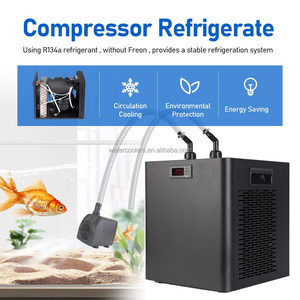


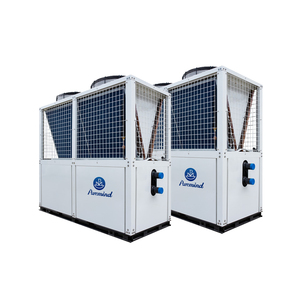


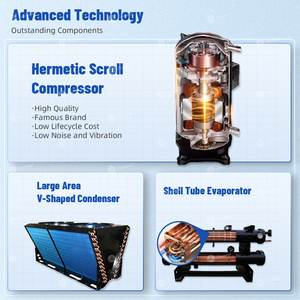












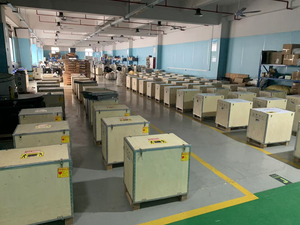










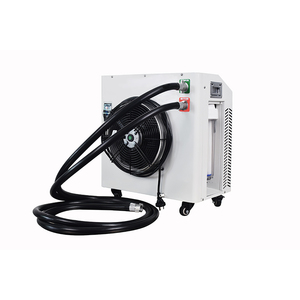

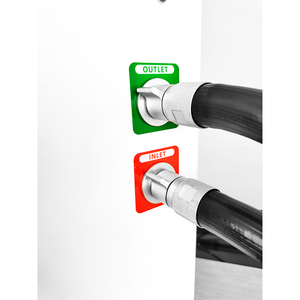














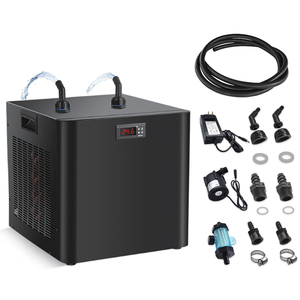




























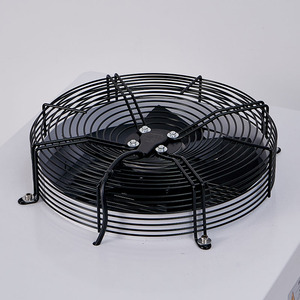

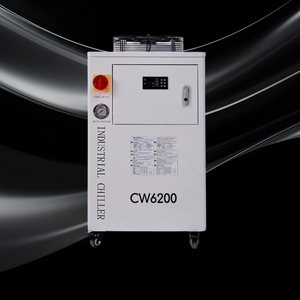














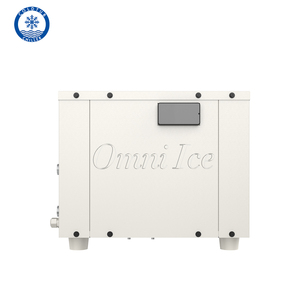




















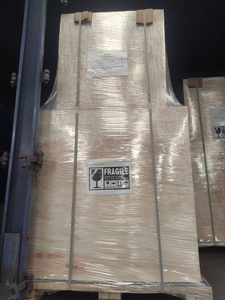
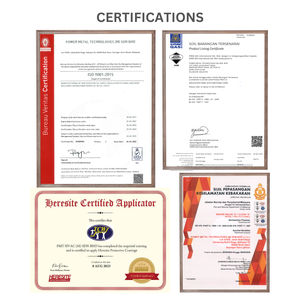






















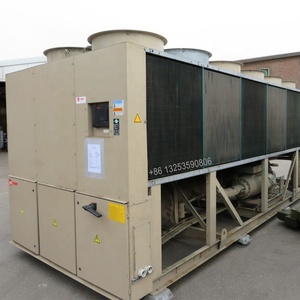



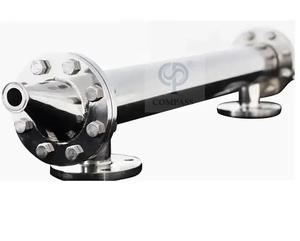
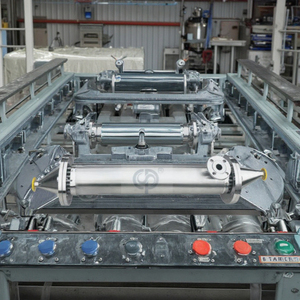


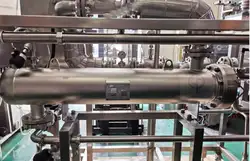
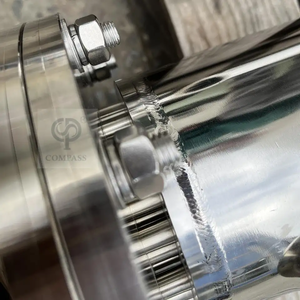

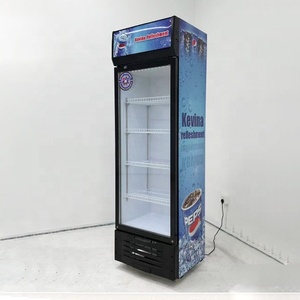


















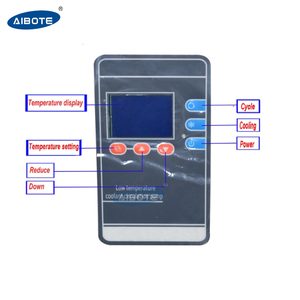







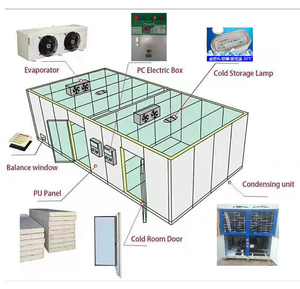
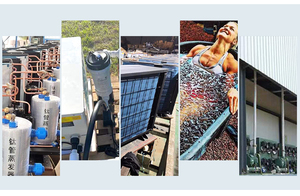



















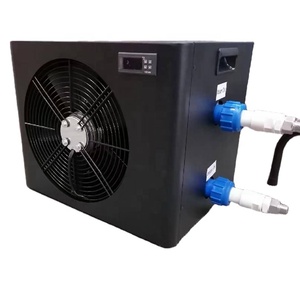
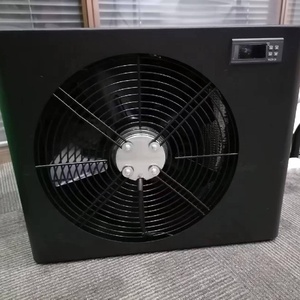

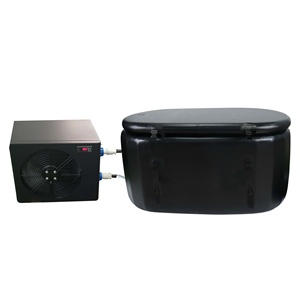
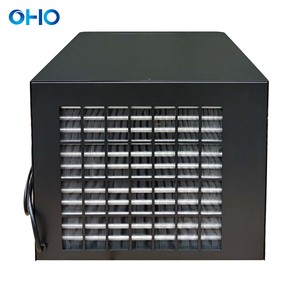
Chillers for cooling are refrigeration devices that typically remove heat from a liquid through a vapor-compression or absorption cooling cycle. The cooled liquid will then be circulated to cool equipment or air in the building space. Generally, there are two main categories to classify chillers: the type of compressor and the type of cooling method.
Understanding the specifications of a chiller is crucial before investing in one. These are some general expected specifications and details that may require some additional explanations to help comprehend their meaning and significance.
Cooling capacity
It's the amount of heat a chiller can remove from a specific process or space within a given time frame and is measured in kilowatts (kW) or tons. The Chiller's cooling capacity should match the application's heat load to maintain the desired temperature effectively.
Refrigerant type
This is the product that absorbs heat during the cooling process. Refrigerants have different chemical properties, so it's critical to choose a chiller with the appropriate type to ensure environmental compliance and optimal performance. Common refrigerant substances include hydrofluorocarbons (HFCs) like R-410A and R-134A.
Operating temperature range
A chiller's evaporator determines the range of temperatures it can achieve during the cooling process. It indicates the maximum and minimum temperatures within the chilling unit. Coolers used in food and beverage industries typically have high-temperature evaporators ranging from -5°C to 5°C, while those used in chemical processes may have low evaporator temperatures ranging from -50°C to -10°C.
Power consumption and efficiency
The power consumed when a chiller is operating may affect the overall running cost of a business. A chiller's efficiency is often evaluated using the coefficient of performance (COP) or energy efficiency ratio (EER), which measures the amount of energy the chiller uses to perform its cooling tasks. Opt for a more efficient chiller to save on energy and operating expenses in the long run.
Noise level
This is the amount of air or sound emitted by the chiller when it is operating, and is typically measured in decibels (dB). Some industries and applications may have strict regulations governing the amount of noise an equipment can emit. If this is the case, then it's important to choose a chiller that complies with these standards to avoid any legal issues or disturbance to the surrounding environment.
Control system
Modern chillers are equipped with advanced digital control systems that allow precise temperature regulation, remote monitoring, and integration with building management systems (BMS). These control systems offer features such as data logging, alarms, and diagnostics to optimize chiller performance and facilitate maintenance.
Regular maintenance ensures an air chiller will continue functioning optimally for years and helps prolong its lifespan while reducing the likelihood of any unexpected breakdowns and repair costs. These are some general maintenance tips.
Regularly inspect components
Taking a few minutes daily to carefully inspect all chiller parts can help spot any signs of damage early enough and avoid costly repairs. While at it, check for loose connections, scaling or corrosion, wear and tear, leaks, and any unusual noises or distortions of the refrigerant piping. Consider getting a professional chiller technician from the manufacturer to help with this part so as to do it safely and correctly.
Clean condenser and evaporator coils
Over time, dust, debris, and dirt can build up and accumulate on the coils, which will impede the heat exchange process and significantly lower the cooling efficiency. A chiller user can use a soft brush and a mild detergent to clean the coils. However, they should ensure that the power is disconnected first to avoid any potential accidents.
Maintain proper airflow
Proper air circulation is crucial for optimal chiller performance, and a user can help it by ensuring a sufficient amount of space around the unit. This barrier will allow the air to freely move. A user should also keep the inlets and outlets of the chiller clear from any obstructions. Doing this will help prevent overheating and any possible abnormal unit operations caused by inadequate air conditioning.
Cool drinks and beer
Industries that manufacture and distribute cool beverages and beer employ chillers to keep drinks and raw materials like syrup and emulsion at the proper temperatures to ensure consistent quality and consumer satisfaction.
Food freezing and refrigeration
In the food industry, chillers are employed to cool and freeze diverse food items like meats, dairy products, vegetables, and baked goods. They help maintain the food's freshness, flavor, and nutritional value by rapidly cooling it.
HVAC systems
Chiller cooling systems are widely used in large commercial spaces, offices, shopping malls, and server rooms. They are used to cool air, which is then circulated throughout the entire environment to keep it comfortable and suitable for equipment.
Industrial process cooling
A wide range of businesses, including chemicals, pharmaceuticals, electronics, manufacturing, and more, use chillers to control process temperatures. They ensure stable production procedures, prevent overheating of equipment, and support optimal chemical reaction conditions.
Plastic and rubber product cooling
Chillers are used for cooling and molding plastics and rubber products in the production of plastics and rubber. They help control the cooling rate and ensure product dimensional stability and quality.
Laser engraving and cutting equipment
Laser engraving and cutting equipment manufacturers use laser chillers to ensure proper temperature control and cooling of laser tubes. This ensures stable operation, optimal performance, and precise engraving and cutting results.
Medical imaging equipment
Medical imaging equipment, such as MRI machines and CT scanners, relies on MRI chillers for precise temperature control of its imaging components. By maintaining the optimal temperature, these machines can deliver high-quality images for accurate diagnostics.
Plastic injection molding
Plastic injection molding manufacturers use mold chillers to cool injection molds during the molding process. This controls the cooling rate, enhances production efficiency, and ensures the quality of molded plastic parts.
Some tips for business buyers searching for chillers for coolings:
Determine Heat Load:
'Heat load' is the amount of heat to be removed measured in Watts or BTUs. Appraising the entire heat load is fundamental to selecting a chiller with adequate cooling capacity. Consider factors like insulation, internal heat generation, and external temperature. Performing a precise heat load calculation will guarantee the chosen chiller is neither oversized nor undersized, which can lead to inefficient operation and high energy costs.
Assess Temperature Requirements:
Cool temperature requirement needs to be evaluated before selecting a chiller. Different types of chillers provide distinct temperature ranges. Determine if the process needs just a cool ambient temperature or refrigeration. For some processes, precise temperature control within a narrow band is critical. In such cases, a chiller capable of maintaining defined temperatures with small fluctuations should be chosen.
Consider Fluid Medium:
Identify the preferred fluid cooling medium – usually, water or a water/glycol mixture. Assess the pros and cons of each. If water is selected, ensure there is an appropriate quantity and the infrastructure to circulate it. In certain applications where low temperatures are required or where the risk of freezing exists, a water/winterized solution might be necessary. Evaluate the expense of additives and the logistics of managing the fluid.
Think about Noise Level:
Chiller systems with large condensers can be extremely loud. To meet environmental and workplace regulations, consider the acceptable noise levels. Identify whether soundproofing, more costly silenced models, or repositioning the chiller further away from occupied areas is required to meet regulations and avoid complaints.
Q1: What is a chiller's purpose?
A1: The main purpose of a chiller is to remove heat from a process or equipment to lower its temperature.
Q2: What are the two main types of chillers?
A2: The two main types of chillers are absorbed and vapor compression chillers.
Q3: What are some applications of chillers?
A3: Some applications of chillers include cooling large buildings, industrial equipment, and processes. They are also used in the manufacture of plastics, food and beverages, refineries, oil and gas, petrochemicals, and power plants.
Q4: How do chiller machines control temperature?
A4: Chillers control temperature by using refrigerants to absorb heat from the water. The cooled water is then circulated to air handling units or other equipment to absorb heat and remove it from the building or process.